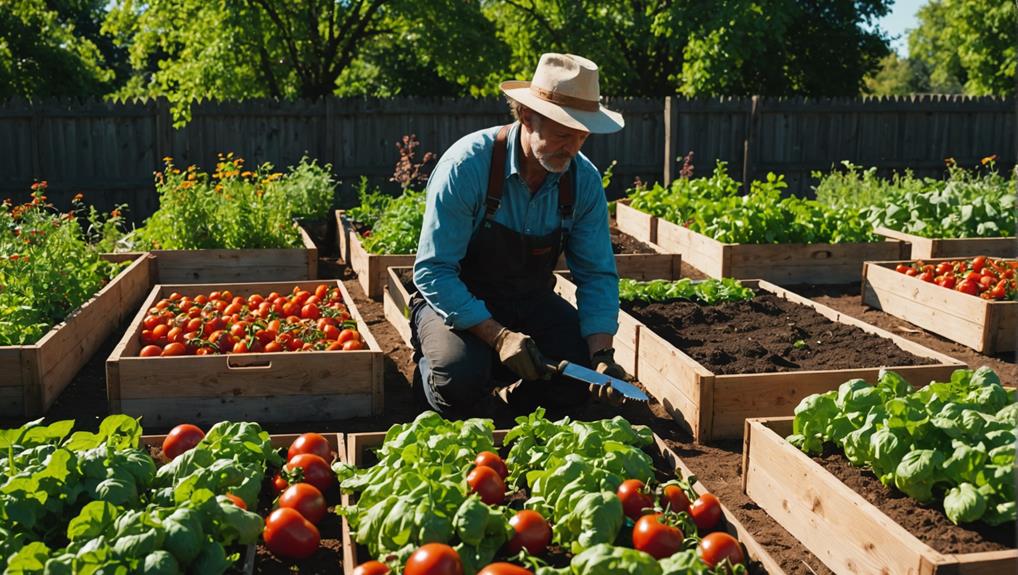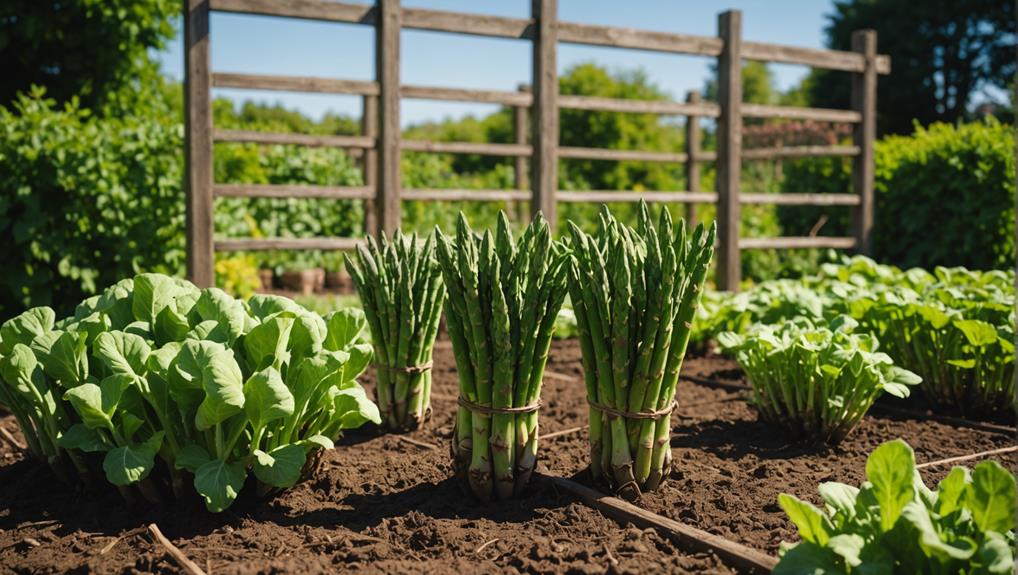As an Amazon Associate I earn from qualifying purchases.
Are you prepared for the unexpected? Navigating disasters requires careful planning and quick thinking.
In this article, we’ll provide you with essential tips for survival and preparedness. Understand the risks in your area, build a disaster kit, and create an emergency plan.
Learn strategies for evacuation and effective communication in times of crisis. We’ll also cover first aid and medical preparedness, as well as recovery and post-disaster support.
Get ready to take control and ensure your freedom in any disaster situation.
Key Takeaways
- Conduct a thorough risk assessment and identify potential hazards in your area.
- Build a disaster kit with necessary items for survival and store it in a secure and accessible location.
- Develop an emergency plan with designated meeting points and communication methods.
- Stay informed about updates from local authorities and utilize various communication channels during a crisis.
Understanding the Risks
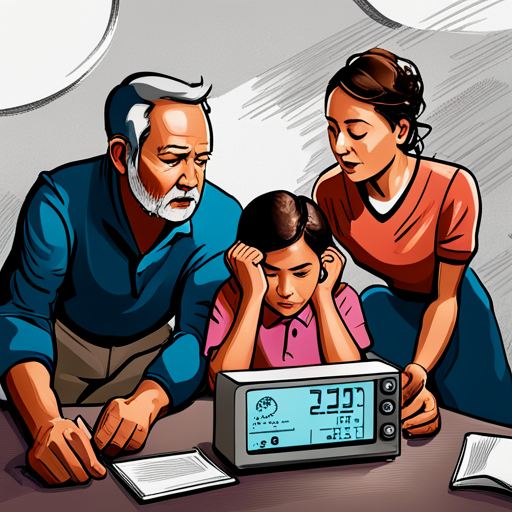
You should start by understanding the risks involved in your area. Freedom-loving individuals like yourself know the importance of being prepared for anything that comes your way. To ensure your safety and the safety of your loved ones, it is crucial to conduct a thorough risk assessment.
Identify the potential hazards that could affect your community, such as natural disasters, terrorist threats, or civil unrest. Take into account the geographical location, climate, and history of your region to determine the specific risks you may face.
Once you have a clear understanding of the risks, it’s time to prioritize disaster preparedness. Develop a comprehensive plan that covers all aspects of emergency situations. This plan should include evacuation routes, emergency contacts, and a designated meeting point for your family or group. Stock up on essential supplies like food, water, and medical provisions. It’s also wise to invest in tools and equipment that can assist you during emergencies, such as flashlights, batteries, and a first aid kit.
Building a Disaster Kit
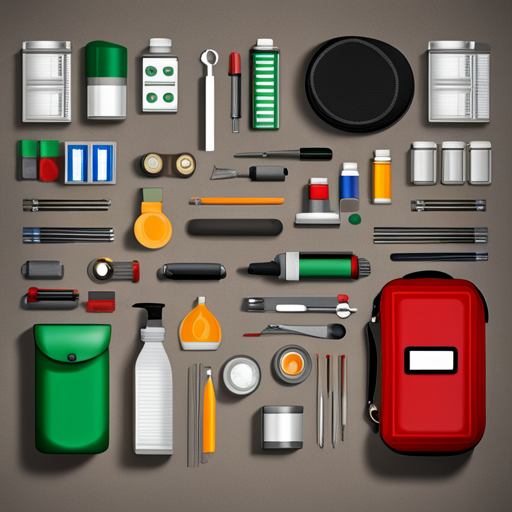
When it comes to building a disaster kit, there are two key points to consider: essential kit items and proper storage methods.
First, you need to ensure that your kit contains all the necessary items to help you survive during a disaster, such as food, water, first aid supplies, and emergency tools.
Additionally, it’s crucial to store your kit in a secure and easily accessible location, ensuring that all items are properly organized and protected from damage.
Essential Kit Items
Packing emergency essentials is crucial for your survival during disasters. When disaster strikes, you need to be prepared with the right supplies to ensure your safety and freedom. Here are three essential items you should include in your disaster kit:
- Water: Staying hydrated is essential during emergencies. Pack enough water to last at least three days, considering one gallon per person per day.
- Food: Non-perishable food items are a must-have. Choose foods that are easy to store and require minimal preparation. Stock up on canned goods, energy bars, and dried fruits.
- First Aid Kit: Injuries are common during disasters, so having a well-stocked first aid kit is crucial. Include bandages, antiseptic wipes, pain relievers, and any necessary prescription medications.
By packing these disaster supplies, you’ll be equipped to handle any emergency situation that comes your way, ensuring your freedom and survival.
Stay prepared, stay safe!
Proper Storage Methods
To ensure your emergency supplies stay in good condition, it’s important to properly store them in a cool, dry place. When it comes to food preservation, keeping your emergency supplies safe from spoilage is crucial.
Make sure to store canned food in a clean and dry area, away from direct sunlight. Opt for a pantry or basement that maintains a consistent temperature. Avoid storing your supplies in areas prone to moisture, like garages or sheds. Moisture can lead to mold and spoilage, rendering your food inedible.
Additionally, regularly check the expiration dates on your food items and rotate them accordingly. By following these storage methods, you can ensure your emergency supplies remain fresh and ready for use in times of need.
Creating an Emergency Plan
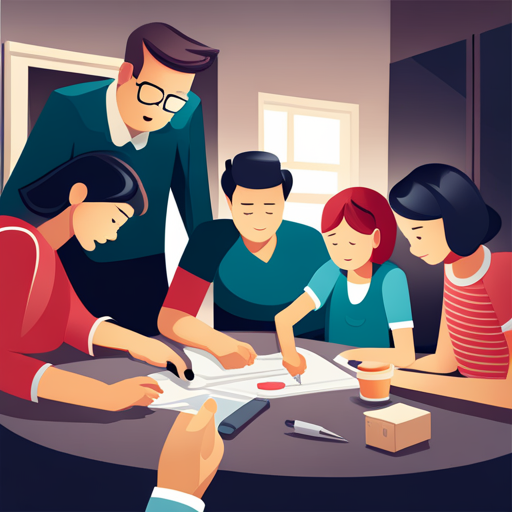
Make sure you’ve included all necessary contact information in your emergency plan. In times of crisis, it’s essential to have a well-thought-out plan in place that includes emergency contacts and meeting points. Here are three key elements to consider when creating your emergency plan:
- Emergency Contacts: Compile a list of important phone numbers for emergency services, such as police, fire department, and medical professionals. Additionally, include the contact information of family members, neighbors, and friends who can offer assistance or support during an emergency. Having these numbers readily available will ensure that you can quickly reach out for help when needed.
- Emergency Meeting Points: Establish designated meeting points where you and your loved ones can gather in case you are separated during a disaster. Choose locations that are easily accessible and familiar to everyone, such as a nearby park or a trusted neighbor’s house. By having predetermined meeting points, you can reunite with your family and ensure everyone’s safety.
- Communication Plan: Develop a communication plan to stay connected with your emergency contacts. Determine a primary and secondary method of communication, such as phone calls, text messages, or social media platforms. Ensure that all family members are familiar with the chosen methods and have access to the necessary devices. Regularly update each other on your whereabouts and any changes to the plan.
Evacuation Strategies

Evacuating during a crisis can be a stressful experience, but having a well-defined plan in place can help ensure the safety of you and your loved ones. When disaster strikes, knowing the emergency routes in your area is crucial. Familiarize yourself with the roads that lead to safer locations, such as shelters or designated evacuation centers. Stay informed about the latest updates from local authorities to determine the best route to take. Remember, your freedom to choose where to go during an evacuation is important.
When considering shelter options, think about what works best for you and your family. Some people prefer staying with friends or relatives in a different area, while others feel more comfortable in designated emergency shelters. Assess your options and choose the one that provides the most security and peace of mind.
Additionally, it’s important to pack an emergency kit with essential supplies. Include items like non-perishable food, water, medications, a first aid kit, important documents, and extra clothes. Keep this kit easily accessible, so you can grab it quickly when you need to evacuate.
Communication in Crisis

When disaster strikes, it’s crucial to stay connected with your loved ones and local authorities to receive important updates and information. To ensure effective communication during a crisis, here are three key tips to keep in mind:
- Register for Emergency Alerts: Sign up for emergency alert systems provided by your local government or community organizations. These alerts can be sent via text message, phone call, or email and will provide you with crucial information regarding evacuation orders, safety protocols, and any other pertinent updates.
- Utilize Social Media Platforms: In today’s digital age, social media platforms can be powerful tools for crisis management. Follow official accounts of local authorities and emergency services to receive real-time updates and instructions. Additionally, consider joining community groups or forums dedicated to disaster preparedness and response to exchange information and support with like-minded individuals.
- Establish a Communication Plan: Before a crisis occurs, develop a comprehensive communication plan with your loved ones. Determine a designated meeting place, establish a preferred method of communication, and share important contact information. This will ensure that everyone in your family or group is aware of the steps to take and can stay connected during an emergency.
First Aid and Medical Preparedness
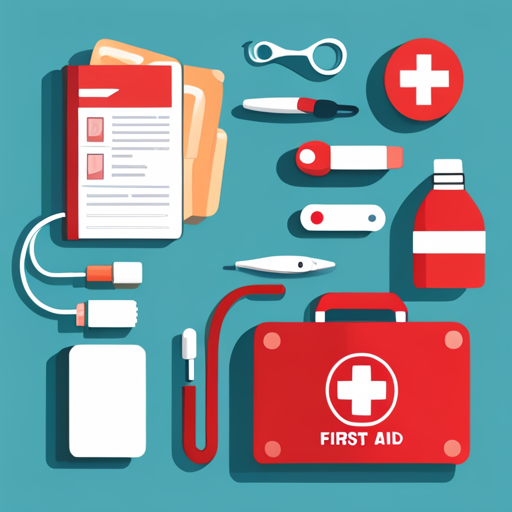
Now that you know how to communicate in a crisis, it’s time to focus on another crucial aspect of survival: first aid and medical preparedness.
In times of emergency, access to professional medical help may be limited or delayed. That’s why it’s essential to equip yourself with the necessary knowledge and supplies to handle medical emergencies.
Emergency response begins with being prepared. Start by assembling a basic first aid kit that includes bandages, antiseptic wipes, pain relievers, and any personal medications you might need. Additionally, consider taking a first aid course to learn essential life-saving skills like CPR and how to treat common injuries.
In times of crisis, medical supplies may become scarce, so it’s crucial to stock up beforehand. Include items such as sterile gauze, adhesive tape, gloves, and disinfectants. Don’t forget to regularly check and replenish your supplies to ensure their effectiveness.
Recovery and Post-Disaster Support
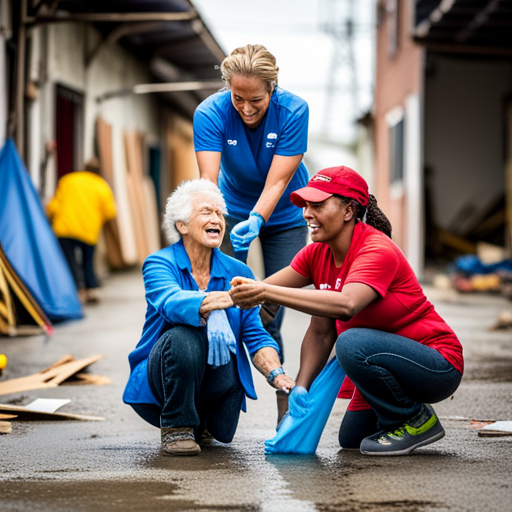
After a disaster, it’s important to connect with local resources and support networks to aid in your recovery process. Here are three key ways you can access recovery resources and mental health support to help you regain control of your life:
- Local Government Assistance: Reach out to your local government for information on available recovery resources. They can provide you with essential information on emergency housing, financial assistance, and other services that can help you rebuild your life. Stay informed about any programs or grants that can support your recovery journey.
- Community Organizations: Seek support from community organizations that specialize in disaster recovery. These organizations often offer counseling services, support groups, and workshops to help you navigate the emotional challenges that come with recovering from a disaster. They can connect you with other survivors who understand what you’re going through, providing a sense of camaraderie and support.
- Online Support Groups: Take advantage of online support groups and forums where you can connect with others who have experienced similar disasters. These groups offer a safe space to share your thoughts and feelings, ask questions, and receive guidance from people who have already gone through the recovery process. Engaging with these communities can help you feel less alone and provide valuable insights and resources.
Frequently Asked Questions
How Can I Ensure the Safety and Well-Being of My Pets During a Disaster?
You can ensure your pets’ safety during a disaster by taking emergency pet care measures. Keep them indoors, have a pet evacuation plan, and pack essential supplies. Prioritize their well-being and be prepared.
What Should I Do if I Have a Family Member With Special Needs During a Disaster?
If you have a family member with special needs during a disaster, it’s important to have emergency plans in place and know the resources available to support them. Ensuring their safety and well-being is crucial.
How Can I Protect Important Documents and Valuable Possessions During a Disaster?
During a disaster, protect your important documents and valuable possessions by keeping them in a waterproof and fireproof safe. Consider creating digital copies and storing them securely online. Be prepared for any situation.
Are There Any Specific Steps I Should Take to Prepare My Home for a Potential Disaster?
To prepare your home for a potential disaster, take specific steps to ensure disaster readiness. Plan and practice emergency evacuation routes, secure heavy objects, stock up on essential supplies, and keep important documents and valuables in a safe place.
How Can I Stay Informed About Potential Disasters and Emergency Situations in My Area?
To stay informed about potential disasters and emergencies in your area, use emergency notification systems and disaster preparedness apps. These tools will provide you with up-to-date information and help you stay prepared for any situation.
Conclusion
In conclusion, you now have the knowledge and tools to better navigate disasters and ensure your survival and preparedness.
By understanding the risks, building a disaster kit, creating an emergency plan, strategizing evacuations, practicing effective communication, and being prepared with first aid and medical supplies, you are equipped to face any crisis head-on.
Remember, recovery and post-disaster support are also crucial in the aftermath.
Stay informed, stay prepared, and stay safe.
As an Amazon Associate I earn from qualifying purchases.







